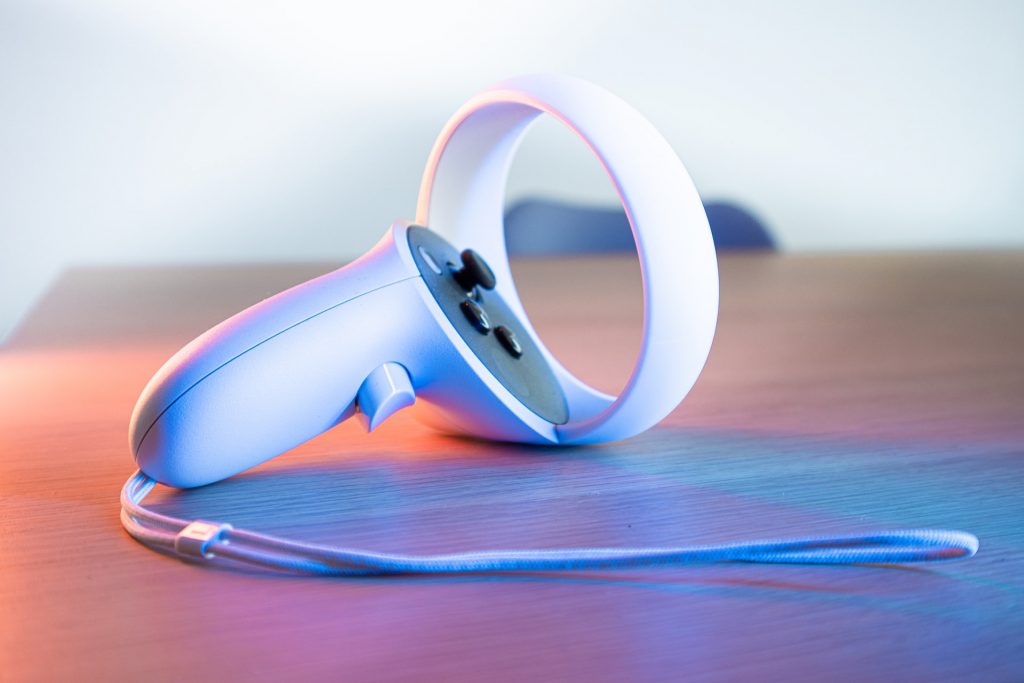A few days ago, we considered what the emerging signs were of Apple’s engagement – or lack thereof – with the concept of the “metaverse” that has got so much of the tech world talking in recent months. In that article, we also referenced the continued rumors about an upcoming mixed-reality headset from the Cupertino giant – and on that subject, we have further news.
Or more specifically, Bloomberg has indicated that contrary to earlier speculation, such a headset may not see a release this year after all.
The news service’s well-connected Mark Gurman said that development of the headset – which would combine augmented reality (AR) and virtual reality (VR) – has been beset by both hardware and software-related difficulties, referencing “thermal challenges” and problems with the onboard cameras.
The consequence of these accumulated issues, according to sources cited in the Bloomberg piece, could be that Apple is forced to push an announcement of the headset beyond the initially planned June 2022 unveiling at the Worldwide Developers Conference (WWDC).
It had been thought previously that the device would at least become available to consumers during 2022. However, it seems we now can’t rule out having to wait until 2023 – although Bloomberg has said there’s still a chance of the headset being previewed this summer.
Overheating seems to be a particular source of anxiety for Apple as it seeks to finally make the headset a reality; the Cupertino firm wishes to use processors on a par with the M1 Pro, and had intended to use an external device to offset the heat. However, in Gurman’s words, such mitigation plans were “scrapped after Jony Ive, Apple’s former design chief, balked at the clunkiness of requiring a separate device.”
All this talk of development difficulties contrasts with a prediction just days ago from Apple analyst Ming-Chi Kuo, who predicted that the use of a two-custom chip design would effectively place the headset about two to three years ahead of rival products in computing power.
